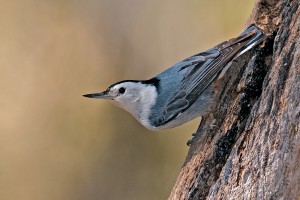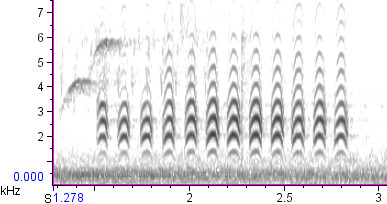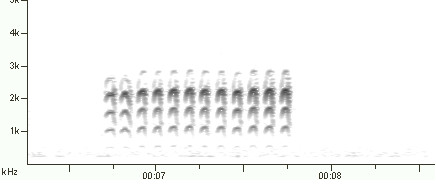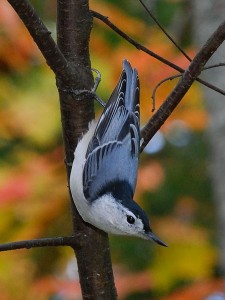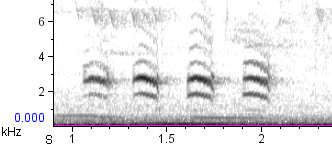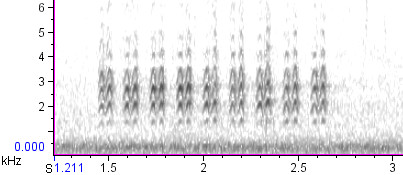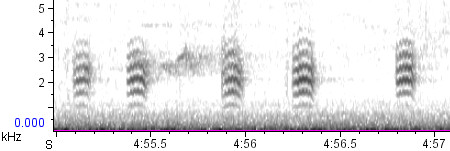White-breasted Nuthatch, Part Three
During my research for the last couple of blog posts, I’ve arrived at a surprising conclusion: when it comes to regional variation in calls, few common birds are as poorly understood as the White-breasted Nuthatch, particularly the Rocky Mountain and Pacific populations.
In the first two parts of this series we explored the “quank” calls, which are some of the most common vocalizations of the three populations, and the “fast songs.” Today we’ll investigate two more types of rapid-fire calls, the “rapid quanks” and the “hit-trills,” and then I’ll leave the subject of nuthatches alone for a little while!
Rapid Quanks
The term “rapid quank” was coined by Ritchison (1983) to describe the long strings of calls that eastern nuthatches would give in high agitation. The “rapid quanks” are a little tricky to compare among the three populations, because they grade into the regular “quanks,” the “fast songs,” and even the “hit-trills” (see below). In some ways “rapid quank” is just a catch-all term for agitated calls.
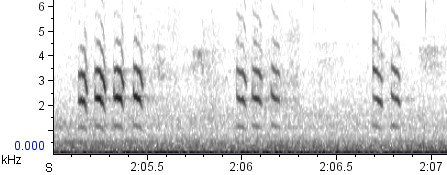
In my search through all the recordings available to me, the “rapid quanks” of Pacific birds have been the hardest to find. I suspect this is due to a relatively small sample size rather than a lack of “rapid quanking” by Pacific birds, but I’m not entirely certain of that. (Note, however, some very excited Pacific birds failing to rapid-quank on this recording.)
Above are some relatively rapid short notes from a bird near its nest in California. By comparison, the Rocky Mountain birds sound like they’re on speed:
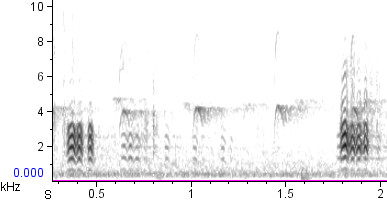
Especially when they get a little bit upset:
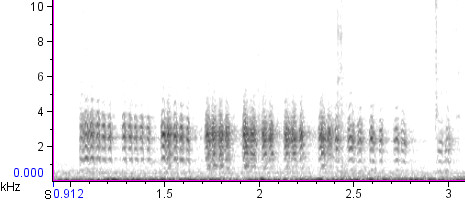
As far as I know, nothing but a “Rocky Mountain” White-breasted Nuthatch ever gives notes at this frantic rate (up to 25-30/sec). This type of vocalization is highly variable, however, and I particularly recommend checking out a couple of other distinctive recordings of it, here and here (the latter recording, in particular, is repeated so many times in a row that it could be functioning as a kind of song).
When the “Eastern” nuthatches get excited, they’re still much slower, along the lines of the “Pacific” birds:
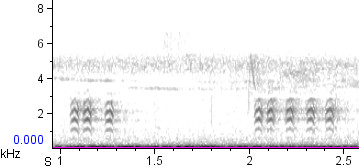
This is about as crazy as they get (in response to an Eastern Screech-Owl tape):

For extra credit, you can listen to more fast-quanking Eastern birds here and here. Note the tendency to revert to paired notes, the “double quanks” of Ritchison (1983), whenever the bird “catches a breath.” Again, beware confusion with the diagnostic disyllabic quanks of Rocky Mountain birds.
Hit-trills
Ritchison (1983) didn’t mention a “hit-trill” vocalization, but he did identify a short contact note he called the “hit,” which is frequently extended into a trill, so I figured the name wasn’t much of a stretch. This is a rather quiet call given in close contact with other nuthatches, and it is very similar in all three populations, although like most of the other calls, it appears to increase in pitch from east to west, and increase in speed in “Rocky Mountain” birds:
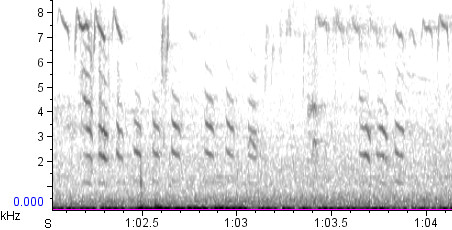
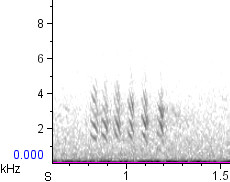
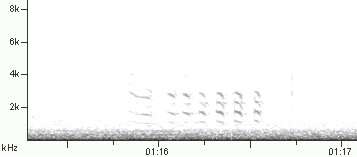
Click here to listen to the above (at 1:15).
